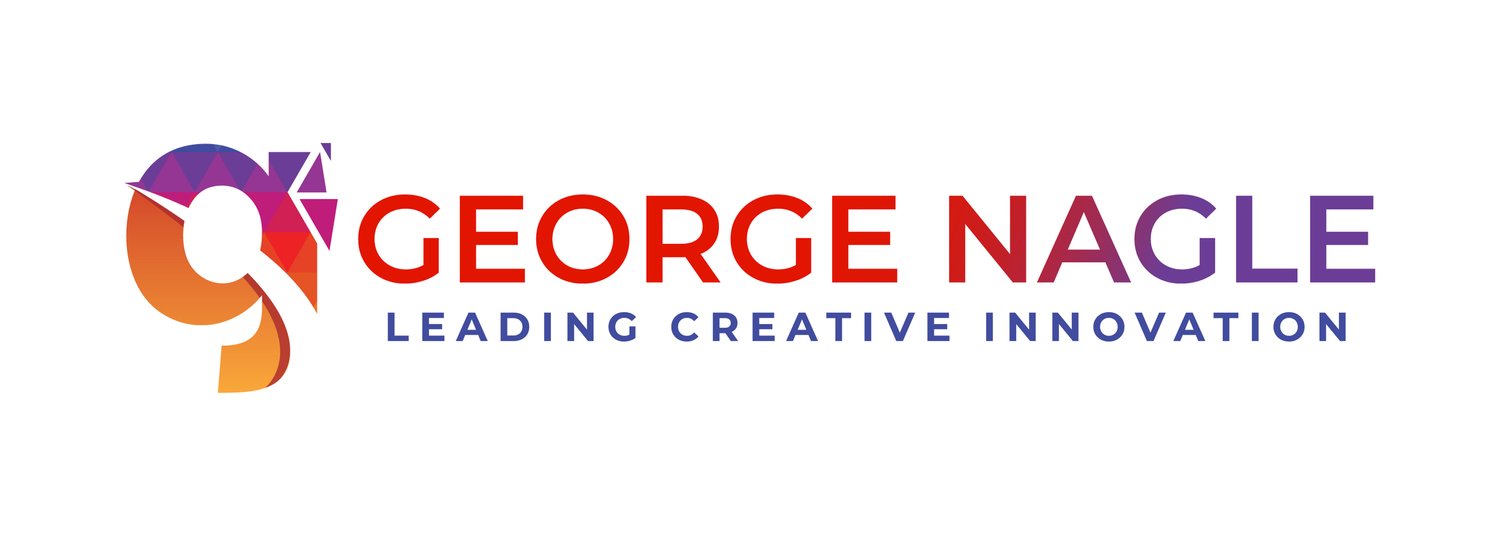Can A Blaise Legal Communication Shift Perceptions About How Innovative You Are?
Here is some information for Zoom users.
Are you aware that “you agree to grant and hereby grant Zoom a perpetual, worldwide, non-exclusive, royalty-free, sublicensable, and transferable license and all other rights required or necessary to redistribute, publish, import, access, use, store, transmit, review, disclose, preserve, extract, modify, reproduce, share, use, display, copy, distribute, translate, transcribe, create derivative works, and process Customer Content and to perform all acts with respect to the Customer Content,” and that includes “for the purpose of product and service development, marketing, analytics, quality assurance, machine learning,” among other things?
How did that make you feel if you weren’t aware, as so many people aren’t? Did it silently make you resolve to use Zoom as little as possible and simultaneously trigger in your mind that Google Meet is available and has many of the same features for free as the subscription to Zoom does? Did that new information make you ponder if Google Meet has the same terms of service conditions?
The answer is that Google Meet reserves the same rights to the worldwide, no royalty, and non-exclusivity, but the writing style is more straightforward. It also does not claim the right for the marketing aspect as Zoom does. For reference sake, the terms of service for Zoom are here, and the terms of service for Google Meetings are here.
Now that you are armed with that information, does that change how you feel about Zoom if you use it as a paid service? After all, before that knowledge, most would have defended the decision to pay for that service in place of the free service offered by Google. Now that they are essentially equal, with Google appearing slightly better in the terms category, are you seeing Zoom as putting its needs before yours?
If you are like most, your feelings toward Zoom have changed. The change is that Zoom was considered a more innovative company, even if you didn’t consciously recognize it, because of its leading position and focus in telecommunications and video conferencing. The common perception still prevails, as numerous reports indicate, like the one found here, about Zoom's growth and dominance. But as more people learn about these terms, it is becoming seen as more of a commodity. Is that fair, though? What you truly need versus what you think you want is the answer.
An innovative company will put the customer's needs first—hard stop. If a company is perceived to be putting its needs first, regardless of the truth, it stops being innovative. The company becomes a commodity player. In the space of commodities, what is typically valued the most is price.
Innovative companies that do focus on value gain for customers know that their customers will look at the following:
Experience
Does everything as fully intended
Does everything as fully expected
Has longevity and quality to at least the expected time frame
Availability
Brand swag
Price
There is some ability for items to switch places by a slot or two, except for price, within innovation buying. It can’t move up more than one spot with the potential consideration of a startup. Startup companies don’t have brand swag, which is more of a spot elimination than moving up.
So what is the shift between buying an innovative solution compared to a commodity? It is the first four aspects being perceived as being equal. Availability and brand swag will affect pricing but don’t often affect the perception of the status of an innovation -vs- a commodity.
Zoom offers a free service, but it is considerably underwhelming compared to the free offerings from Google Meet. Let's compare a paid service from Zoom ($149 per year) to Google Meet, especially with someone utilizing a Google Workspace ($89 per year). You get a better apples-to-apples technical comparison of the first six aspects.
However, the perception of the first aspect, Experience, is not the same. There is a perception among many Zoom users that the quality is better and has more features, making it more innovative. However, the quality depends more on your internet access. As for the features beyond the basics found in Google meetings (chat, record, background filter, gallery /speaker view), most features are unused in businesses, especially for personal use. But the perceived experience of it being better is what counted, that is, until you felt that Zoom, through its terms of service, is gaining undue value at your expense.
I am not advocating that Zoom or Google Meets is better or worse than each other. The point of this discussion is more about how you feel when considering what might be innovative and how innovation truly is about fulfilling the actual values of a customer by putting them first. It matters at all levels of communication with your customers.
In fairness, the legal community and its writings have a connotation of being rather underhanded in favor of companies across the board. Sorry, lawyers, but you don’t make it easy for people to like you. However, the way that the communication from Google is written, in a more direct and less ‘legal-ease’ manner, does change the perception for many people. In this case, the innovation from Google might be the more straightforward wording making people less apprehensive about what they are giving up.
More information can be found in the Breakthrough Thinking Series™.
